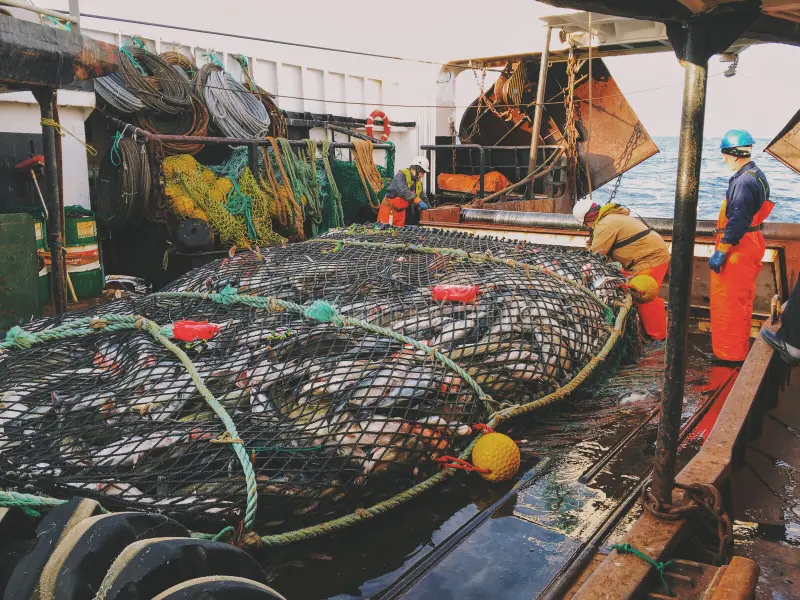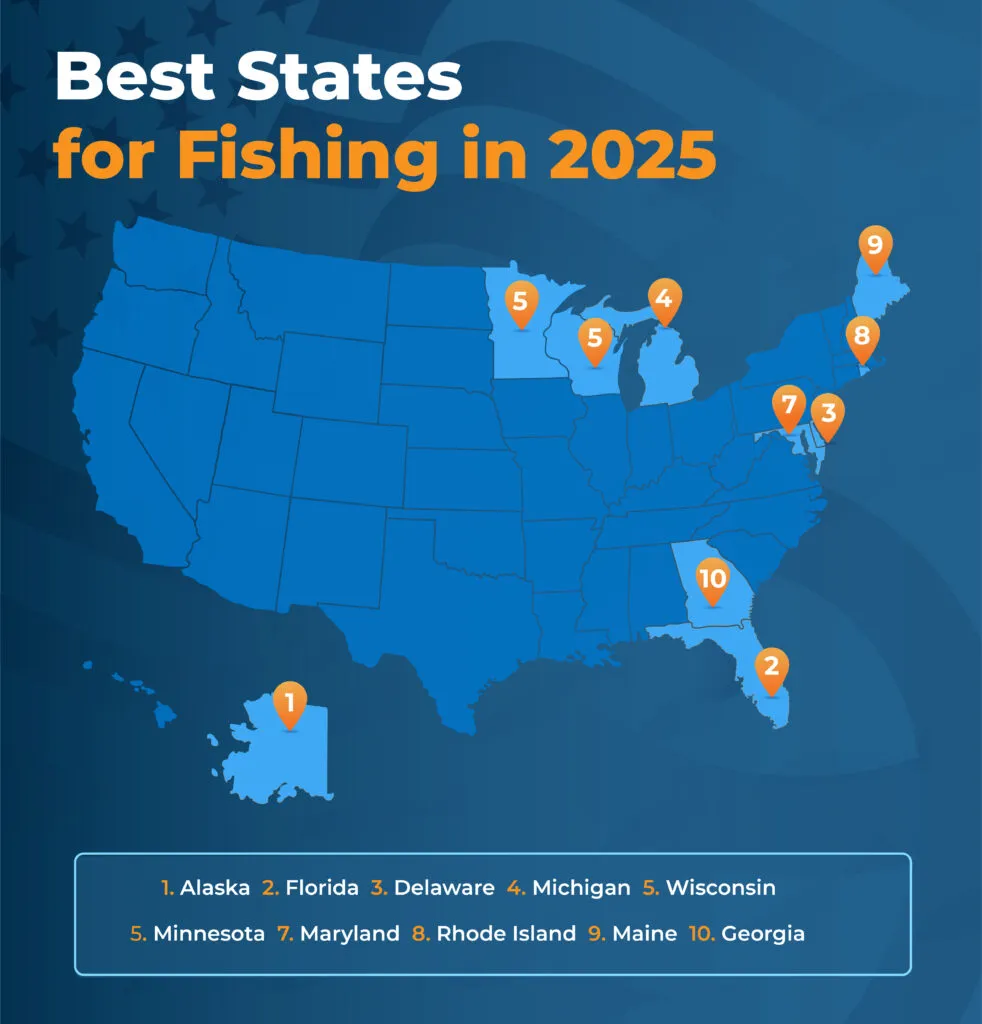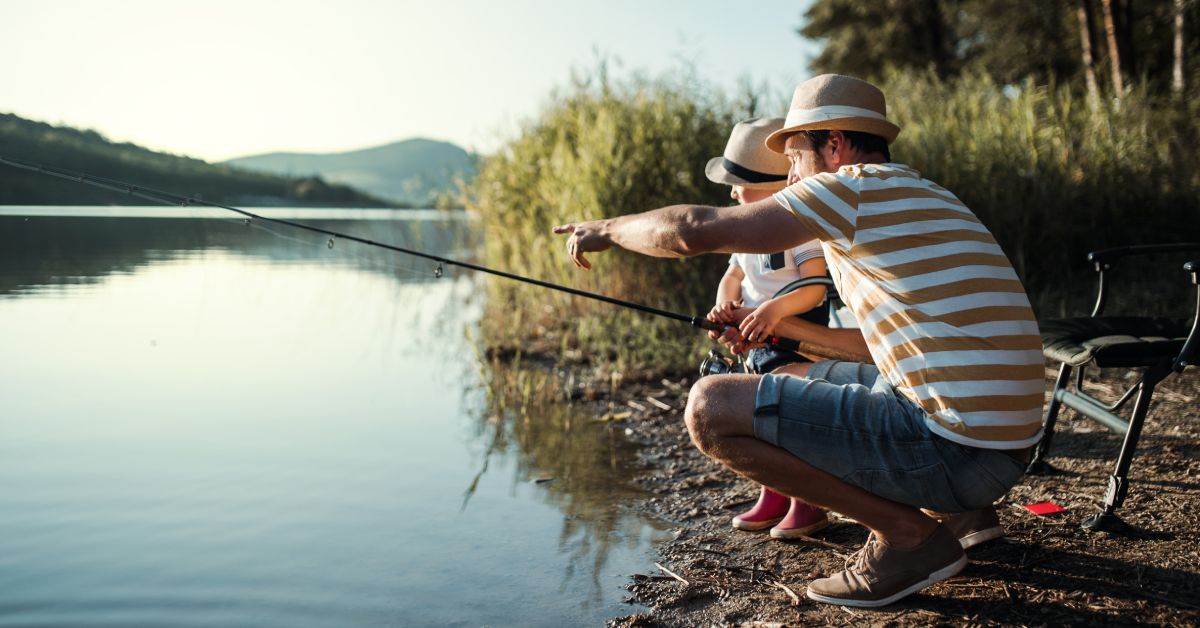What State Has the Best Fishing? Top Destinations for Unforgettable Angling Adventures
When I think about the perfect fishing trip I picture clear waters reeling in a big catch and the thrill of exploring new spots. Across the US every state claims its own hidden gems and legendary fishing tales but some places just stand out above the rest. Whether you love casting a line in freshwater lakes or chasing trophy fish along the coast the options seem endless.
I’ve spent years exploring different fishing destinations and I know how tough it is to pick the best spot. From the wild rivers of the Pacific Northwest to the sun-soaked shores of the South each state offers something unique for anglers. So what state truly has the best fishing? Let’s dive into what makes a fishing destination unforgettable and see which state comes out on top.
Understanding What Makes a State Great for Fishing

Understanding-What-Makes-a-State-Great-for-Fishing
Identifying the best fishing state depends on a blend of environmental features, species diversity, and accessibility. I consider several clear criteria and categories to assess what sets top states apart.
Key Criteria for Evaluating Fishing Destinations
State fishing quality depends on a mix of characteristics. Abundant fish populations, like largemouth bass in Texas and trout in Montana, strongly influence angler satisfaction. Diverse habitats, such as saltwater coastlines in Florida, deepwater lakes in Michigan, and meandering rivers in Alaska, provide options for every preference. Year-round fishing availability lets anglers pursue their sport in all seasons in states including California, which boasts both winter steelhead and warm-weather offshore options. Public access and well-managed fisheries, like those found in Minnesota, ease trip planning and increase catch rates. Consistent regulation enforcement and conservation efforts enhance long-term fishing productivity.
Types of Fishing Opportunities
States differ in the range and quality of fishing opportunities available. Freshwater fishing, including bass in Lake Okeechobee, walleye in the Great Lakes, and catfish in the Mississippi River, anchors many inland experiences. Saltwater fishing dominates in Florida, Texas, and California, where anglers pursue tarpon, redfish, or tuna. Fly-fishing locations, such as Montana’s Madison River or Oregon’s Deschutes River, attract enthusiasts with clear streams and wild trout. Ice fishing defines winter recreation in northern states like Minnesota and Wisconsin, while deep-sea charter trips draw visitors to eastern and western coastal regions. By measuring the extent and uniqueness of each of these opportunities, I get a clear sense of what makes each state’s fishing special.
Top Contenders for the Best Fishing State

Top-Contenders-for-the-Best-Fishing-State
Several states stand out when I compare the best fishing destinations. Each offers unique environments, fish diversity, and angling experiences, with Alaska, Florida, Michigan, and Texas ranking highest for overall fishing quality.
Florida: The Fishing Capital
Florida dominates as the “Fishing Capital” due to its broad coastline, multiple ecosystems, and year-round fishing access. Its warm climate enables saltwater trips in the Gulf of Mexico or Atlantic as well as freshwater fishing on lakes and in the Everglades. The state issues more non-resident fishing licenses than any other, with about 917,665 annually. Anglers target diverse species like tarpon, snook, redfish, largemouth bass, and sailfish.
Alaska: Wilderness and Trophy Catches
Alaska consistently ranks as the best state for fishing by excelling in natural resources and fish variety. Its 33,900-mile coastline and over 94,000 square miles of freshwater support rich fisheries. Anglers find all five Pacific Salmon species, halibut, rockfish, arctic char, and rainbow trout. Nearly 60% of Alaskans hold a fishing license, demonstrating a deeply rooted angling culture and plentiful public access. Trophy fish and remote wilderness experiences set Alaska apart.
Michigan: Great Lakes and Inland Bounty
Michigan stands out for its freshwater advantages, offering access to all five Great Lakes and more than 11,000 inland lakes. Salmon, trout, walleye, bass, and panfish populations thrive in these waters. The proximity to vast fisheries enables excellent charter, shore, and boat angling options throughout the year. Strong conservation efforts and public access ensure sustained fishing quality for residents and visitors.
Texas: Diverse Waters and Trophy Fish
Texas offers anglers both saltwater and freshwater opportunities across its varied environments. The coastal Gulf waters attract offshore enthusiasts targeting red snapper and tarpon, while large reservoirs and rivers produce trophy largemouth bass and catfish. State management programs keep fisheries robust, supporting tournaments, guided trips, and casual outings for anglers across skill levels.
Comparing the Best States for Fishing
States compete closely for the title of best fishing destination, each bringing unique combinations of geography, habitats, and angling experiences. I’ve examined key contenders by comparing both their freshwater and saltwater options, along with how accessible and regulated they make these opportunities.
Freshwater vs. Saltwater Experiences
Alaska stands out for the broadest spectrum of fishing, offering world-class options in both freshwater and saltwater. I can target five Pacific salmon species, halibut, and rainbow trout within a state that boasts nearly 33,900 miles of coastline and more than 94,000 square miles of freshwater. Other states, like Florida and Delaware, deliver strong saltwater action on both the Atlantic and Gulf coasts while also maintaining healthy lakes and rivers for freshwater catches. Michigan provides top-tier freshwater opportunities through the Great Lakes and thousands of inland lakes—species found include smallmouth bass, walleye, and northern pike. New Jersey gives anglers access to regulated surf fishing on places like Island Beach State Park and supports both saltwater and brackish estuary environments.
Accessibility and Regulations
Alaska’s fishing experience is enhanced by strong management and easily accessible public waters, though some popular locations require planning due to remoteness. Many states—including New Jersey—require specialized permits for designated areas or beach driving, and facilities like online registries simplify compliance processes for residents and visitors. Michigan provides abundant boat launches and stocked lakes, creating good infrastructure for year-round angling. I see states like Texas and Virginia investing in their fishing economies, pointing to developed access and support for anglers at every level. Effective licensing, clear regulations, and online systems have made it more convenient for anyone to participate, while facilities and resources help ensure sustainable fisheries.
Tips for Planning Your Next Fishing Trip

Tips-for-Planning-Your-Next-Fishing-Trip
Research fishing regulations before visiting a new state. Each location applies different rules, fishing seasons, and catch limits, especially for prized species like salmon in Alaska or bass in Florida. Prioritize securing the correct fishing license, since states like Alaska and Florida attract millions of resident and non-resident anglers annually.
Check peak fishing seasons for your target species. Salmon runs in Alaska typically peak during summer, while largemouth bass fishing in Florida thrives in the spring. Focus efforts around these windows for better success.
Pack gear for the specific fishing environment. Alaska’s rivers require cold-weather and wading gear, while Florida saltwater trips often demand lightweight rods and sun protection. Use charter guides for unfamiliar destinations; experienced guides often increase catch rates, especially in diverse states like Alaska and Florida.
Explore local hotspots and access points. Coastal towns in Alaska along the Inside Passage or lakeside resorts in central Florida provide excellent infrastructure and amenities. Read recent reports or connect with local angler groups for up-to-date insights on active locations and fish behavior.
Budget for travel expenses and plan logistics for remote destinations. Some areas in Alaska require bush planes or boat access, while the Florida Keys support drive-in and charter-based fishing. Account for these factors when organizing lodging and transportation.
Prepare for wildlife, weather, and wilderness. Alaska presents unpredictable conditions from rapidly changing weather to wildlife encounters. Carry safety equipment, secure food sources, and inform someone of your itinerary, especially when fishing off-grid.
Use these strategies to maximize time spent on the water and the quality of your fishing experience in any top-ranked state.
Conclusion
When it comes to finding the best fishing state, it really comes down to what you value most as an angler. Every state I’ve explored offers something special—whether it’s the thrill of chasing trophy fish in remote waters or the convenience of accessible hotspots close to home.
No matter where you cast your line, the real magic lies in the adventure and the memories you create. For me, the best fishing destination is always the one that leaves me eager to come back for more.
Frequently Asked Questions
What factors make a state the best for fishing?
A great fishing state offers diverse fish species, a variety of habitats, healthy fish populations, year-round fishing, easy public access, and strong conservation efforts. Good infrastructure and clear regulations also enhance the overall fishing experience.
Which states are considered the best for fishing in the US?
Top fishing states include Alaska, Florida, Michigan, and Texas. Alaska is famous for its wild, trophy fishing, Florida for its coastal diversity, Michigan for freshwater lakes, and Texas for a mix of saltwater and freshwater environments.
Why is Florida called the “Fishing Capital”?
Florida is called the “Fishing Capital” because of its long coastline, diverse fishing ecosystems, and the ability to fish year-round. It attracts anglers from all over to catch a wide range of saltwater and freshwater species.
What unique fishing experiences do different states offer?
States offer distinct fishing opportunities: Alaska is known for remote wilderness fishing, Michigan for Great Lakes adventures, Texas for its variety, and Florida for world-class saltwater action. Each state’s environment creates unique angling experiences.
How important are fishing regulations and licenses?
Fishing regulations and licenses are crucial for sustainable fishing and a quality experience. Following the rules protects fish populations and helps states manage their resources effectively, ensuring fishing remains enjoyable for everyone.
What should I consider when planning a fishing trip to a new state?
Research local regulations, obtain the correct license, check the best seasons for your target species, and prepare specialized gear. Consider using local guides, budgeting for your trip, and packing for expected weather and wildlife conditions.
Is it better to fish with a guide when visiting from out of state?
Fishing with a guide in unfamiliar areas can improve your chances of success. Guides know the best spots, local regulations, and seasonal patterns, and can help make your trip safer and more enjoyable.
How do I choose the right gear for a fishing trip?
Choose gear suited to the specific environment and fish species you’re targeting. Research the state’s common fish, consider weather, and pack accordingly to ensure a successful and comfortable trip.
